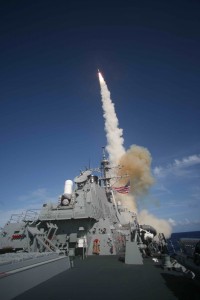2012-2013 Critical Issues Forum
Useful Resources
Topic: Toward a World without Nuclear Weapons: Progress, Prospects, and Challenges
Overview
- Nuclear Disarmament Resource Collection
http://www.nti.org/analysis/reports/nuclear-disarmament/
- Global Zero Interactive Map
http://www.globalzero.org/map
www.whatisnuclear.com
http://science.howstuffworks.com/nuclear-bomb.htm
- How Stuff Works: Nuclear Weapons
http://science.howstuffworks.com/search.php?terms=nuclear+weapons
- Disarmament: A Basic Guide
http://www.un.org/disarmament/HomePage/ODAPublications/AdhocPublications/PDF/Basic_Guide-2011-web-Rev1.pdf
- The Nuclear Information Project
http://www.fas.org/programs/ssp/nukes/index.html
Country-specific Information
A web source on arms control containing issue briefs, fact sheets, threat assessment briefs, and current event reports. http://www.armscontrol.org
Fact Sheets: Country Profiles
United States-http://www.armscontrol.org/factsheets/unitedstatesprofile
Russia-http://www.armscontrol.org/factsheets/russiaprofile
France-http://www.armscontrol.org/factsheets/franceprofile
China-http://www.armscontrol.org/factsheets/chinaprofile
The United Kingdom-http://www.armscontrol.org/factsheets/ukprofile
Pakistan-http://www.armscontrol.org/factsheets/pakistanprofile
India-http://www.armscontrol.org/factsheets/indiaprofile
Israel-http://www.armscontrol.org/factsheets/israelprofile
North Korea-http://www.armscontrol.org/factsheets/northkoreaprofile
Iran-http://www.armscontrol.org/factsheets/iranprofile
- PBS Newshour: Tracking Nuclear Weapons
http://www.pbs.org/newshour/indepth_coverage/military/proliferation/profiles.html
- Nuclear Threat Initiative Country Profiles
http://www.nti.org/e_research/profiles/index.html
Government Resources
The Treaty on the Non-Proliferation of Nuclear Weapons (NPT)
History overview, treaty text, documents, statements and press releases.
http://www.state.gov/t/isn/npt/index.htm
New START Treaty
Resources with treaty text, statements, fact sheets, press releases, and a timeline.
http://www.state.gov/t/avc/newstart/index.htm
INTERNATIONAL ORGANIZATION Resources/General Information on Nuclear Disarmament
United Nations Office for Disarmament Affairs (UNODA)
Main website for sources pertaining to disarmament containing spotlights on recent developments, updates and announcements.
http://www.un.org/disarmament/
United Nations Institute for Disarmament Research /Disarmament Forum
http://www.unidir.org/
Treaty on the Non-Proliferation of Nuclear Weapons (NPT)
Text and documents from NPT and PrepCom Conferences.
http://www.un.org/disarmament/WMD/Nuclear/NPT_Review_Conferences.shtml
Nuclear-Weapon-Free Zones (NWFZ)
Treaties, guidelines and map of NWFZ.
http://www.un.org/disarmament/WMD/Nuclear/NWFZ.shtml
Applying a Disarmament Lens to Gender, Human Rights, Development, Security, Education and Communication: Six Essays
Click to access NGO_pub_2012.pdf
- International Atomic Energy Agency
http://www.iaea.org
IAEA Training Resources and Materials
Contains training services, tools, courses, fellowships and links to regional cooperation networks.
http://www.iaea.org/Publications/Training/index.html
- Comprehensive Test Ban Treaty Organization
Main website for treaty text and status, recent news, international monitoring system status, and updates.
http://www.ctbto.org
NGO/Research Institutes/Media
- Acronym Institute for Disarmament Diplomacy
Contains news, research and analysis publications, and parliamentary records relating to peace, disarmament and human security.
http://www.acronym.org.uk
Country Profiles
An interactive map offering snapshots of the disarmament and nonproliferation commitments by each country.
http://www.acronym.org.uk/map
http://www.armscontrol.org/
- Federation of American Scientists
Nuclear Information Project
http://www.fas.org/programs/ssp/nukes/index.html
- Bulletin of the Atomic Scientists
http://www.thebulletin.org
- Carnegie Endowment for International Peace, Nuclear Policy Program
http://www.carnegieendowment.org/topic/?fa=list&id=563
- Institute for Science and International Security
A think tank providing analyses about science and policy issues affecting international security. Contains country specific satellite imagery analyses, historical overview of nuclear weapons programs worldwide and news publications.
http://isis-online.org
- James Martin Center for Nonproliferation Studies
http://cns.miis.edu/
International Organization & Nonproliferation Programs Inventory
http://cns.miis.edu/inventory/index.htm
Nonproliferation Review
http://cns.miis.edu/npr/index.htm
WMD Junction
http://wmdjunction.com/index.htm
- Moscow Institute of Physics and Technology Center for Arms Control, Energy and Environmental Studies
http://www.armscontrol.ru/
- Nuclear Threat Initiative
Country Profiles
An overview of country’s nuclear, chemical biological and missile programs.
http://www.nti.org/country-profiles/
Nuclear Security Project
http://www.nuclearsecurityproject.org/site/c.mjJXJbMMIoE/b.3483737/k.4057/Nuclear_Security_Project_Home.htm
Treaties and Regimes
An overview on treaties, organizations, regimes relating to nuclear disarmament, arms control and nonproliferation.
http://www.nti.org/treaties-and-regimes/treaties/
World Nuclear Stockpile Report
http://www.ploughshares.org/world-nuclear-stockpile-report
What Nuclear Weapons Cost Us
http://www.ploughshares.org/what-nuclear-weapons-cost-us
Disarmament programme of the Women’s International League for Peace and Freedom covering multilateral disarmament meetings, carrying out research and analysis on disarmament, military spending and human security.
http://reachingcriticalwill.org
- Stockholm International Peace Research Institute
http://www.sipri.org/
- Union of Concerned Scientists
Citizens and scientists providing research on nuclear weapons and global security, missile defense, nuclear terrorism, and space weapons. http://www.ucsusa.org/global_security/nuclear_weapons/
- Disarmament Forum
Civil society and nuclear disarmament , 2010 No 4 United Nations Institute for Disarmament Research
http://unidir.org/bdd/fiche-periodique.php?ref_periodique=1020-7287-2010-46-en
- Civil Society and Disarmament
Click to access NGO_pub_2012.pdf
Future Challenges
- Reaching Critical Will: Publications
http://www.reachingcriticalwill.org/resources/publications-and-research/publications
- Reaching Critical Will: Delegitimisation of nuclear weapons
http://www.reachingcriticalwill.org/resources/fact-sheets/critical-issues/4584-delegitimisation-of-nuclear-weapons
NGO/Advocacy Groups
- International Campaign to Abolish Nuclear Weapons
http://icanw.org
Learn Peace
Activity book for primary and secondary school students. Activities include mock UN debates, writing competitions, conducting opinion polls and role-playing a nuclear crisis.
http://icanw.org/learn_peace
Blogs
http://armscontrolwonk.com
- FAS Strategic Security Blog
http://www.fas.org/blog/ssp/
- Arms Control Now, Blog of the Arms Control Association
http://armscontrolnow.org/
http://nukesofhazardblog.com/
http://russianforces.org/
Interactive Websites/Multi Media:
Map of treaty status, the international monitoring system, and locations of nuclear explosions.
http://www.ctbto.org/map/
Compilation of videos regarding ending nuclear testing, the monitoring systems, inspections, and interviews with specialists and scientists.
http://www.ctbto.org/videos/
“1945-1998”
Bird’s eye view of nuclear explosions conducted in various parts o the globe.
http://www.ctbto.org/specials/1945-1998-by-isao-hashimoto/
http://www.wmdawareness.org.uk/teachers/fun-and-games
http://www.wmdawareness.org.uk/teachers/lesson-plans
http://cns.miis.edu/multimedia/index.htm
http://www.atomicarchive.com/sciencemenu.shtml
Op-Eds, Analyses and other Publications
- Critical Questions: Urgent Decisions for the Second Obama Administration, CNS experts propose nonproliferation and disarmament priorities
http://www.nti.org/analysis/articles/issues-obama-administration-its-second-term/
- Schultz, George P., et. al, “Toward a Nuclear-Free World,” Wall Street Journal Op-Ed, (January 15, 2008).
http://www.nuclearsecurityproject.org/publications/toward-a-nuclear-free-world
- Schultz, George P., William et. al, “A World Free of Nuclear Weapons,” Wall Street Journal Op-Ed, (January 4, 2007).
http://www.nuclearsecurityproject.org/publications/a-world-free-of-nuclear-weapons
- Schultz, George P., William et. al, “Deterrence in the Age of Nuclear Proliferation,” Wall Street Journal Op-Ed, (March 7, 2011)
http://www.nuclearsecurityproject.org/publications/deterrence-in-the-age-of-nuclear-proliferation
- Schultz, George P., William et. al, “How to Protect Our Nuclear Deterrent” Wall Street Journal Op-Ed, (Jan 20, 2010)
http://www.nuclearsecurityproject.org/publications/how-to-protect-our-nuclear-deterrent-012010
- Jeffrey Lewis, “Bar Nunn,” The US and Russia never really cured their nuclear mistrust. And now it’s come back. Foreign Policy, Oct 17, 2012.
http://www.foreignpolicy.com/articles/2012/10/17/bar_nunn
- Hurd, Douglas, et al, “Start Worrying and Learn to Ditch the Bomb,” The Times, (June 30, 2008).
http://www.pugwash.org/reports/nw/nuclear-weapons-free-statements/NWFW_statements_UK.htm
- Gorbachev, Mikhail, “The Nuclear Threat,” Wall Street Journal Op-Ed, (January 31, 2007).
http://www.nuclearsecurityproject.org/uploads/File/TheNuclearThreat-Gorbachev-WSJ-013107.pdf
http://www.unidir.org/pdf/articles/pdf-art3085.pdf
- Buck Rogers and the atomic education of America
http://thebulletin.org/web-edition/features/buck-rogers-and-the-atomic-education-of-america
Additional Advanced Resources
- Carnegie Endowment for International Peace
Abolishing Nuclear Weapons: A Debate
http://www.carnegieendowment.org/2009/02/13/abolishing-nuclear-weapons-debate/dty
Beyond Treaties: Immediate Steps to Reduce Nuclear Dangers http://www.carnegieendowment.org/2012/10/10/beyond-treaties-immediate-steps-to-reduce-nuclear-dangers/e08j
Deterrence During Disarmament: Deep Nuclear Reductions and International Security http://www.carnegieendowment.org/2011/03/14/deterrence-during-disarmament-deep-nuclear-reductions-and-international-security/14xx
Reducing the Role of Nuclear Weapons: What the NDPI Can Do http://carnegieendowment.org/2012/11/26/diminishing-role-of-nuclear-weapons-non-proliferation-and-disarmament-initiative-s-good-beginning/emyn#
- Reaching Critical Will, “The 2010 NPT Action Plan Monitoring Report”
http://www.reachingcriticalwill.org/images/documents/Publications/2010-Action-Plan/RCW_Final_Report.pdf
Movies, Videos
- Nuclear Tipping Point (2010)
A documentary tackling nuclear dangers and the ongoing work of four Cold Warriors and their vision of a world without nuclear weapons and the steps to get there. http://www.nucleartippingpoint.org/home.html
Embrace! A world free of nuclear weapons
Short film tracing the history of nuclear weapons tests since 1945 and their devastating effects on the environment and human health.
http://www.un.org/disarmament/education/Movies/embrace/
Nuclear Weapons: and the Human Future – How you can make a difference
http://www.un.org/disarmament/education/Movies/nwhfuture/
CTBT: For a Safer and More Secure World
The film depict activities for the Preparatory Commission for the CTBTO in establishing a global verification regime to monitor compliance with the Treaty.
http://www.un.org/disarmament/education/Movies/ctbt/
- 1945-1998″ by Isao Hashimoto
http://www.ctbto.org/specials/1945-1998-by-isao-hashimoto/
Japanese artist Isao Hashimoto has created a beautiful, undeniably scary time-lapse map of the 2053 nuclear explosions which have taken place between 1945 and 1998, beginning with the Manhattan Project’s “Trinity” test near Los Alamos and concluding with Pakistan’s nuclear tests in May of 1998. This leaves out North Korea’s two alleged nuclear tests in this past decade (the legitimacy of both of which is not 100% clear).
Each nation gets a blip and a flashing dot on the map whenever they detonate a nuclear weapon, with a running tally kept on the top and bottom bars of the screen. Hashimoto, who began the project in 2003, says that he created it with the goal of showing”the fear and folly of nuclear weapons.” It starts really slow — if you want to see real action, skip ahead to 1962 or so — but the buildup becomes overwhelming.
A story about the effect of the atomic bomb on a boy’s life and the lives of the Japanese people.
http://www.imdb.com/title/tt0085218/
An insane general starts a process to nuclear holocaust that a war room of politicians and generals frantically try to stop.
http://www.imdb.com/title/tt0057012/
A docudrama that shows the threat posed by vulnerable nuclear weapons and materials around the world and underscores what the stakes are.
http://www.lastbestchance.org/
- The Day After Trinity (1981)
The film tells the story of J. Robert Oppenheimer, the theoretical physicist who led the effort to build the first atomic bomb.
http://www.imdb.com/title/tt0080594/
- White Light Black Rain: The Destruction of Hiroshima and Nagasaki (2007)
An HBO documentary film featuring interviews with fourteen Japanese survivors and four Americans involved in the 1945 atomic bombings of Hiroshima and Nagasaki.
http://www.imdb.com/title/tt0911010/
Teachers Guides
http://www.un.org/Pubs/CyberSchoolBus/dnp/sub2.asp?ipage=nuclearweapons
- Nuclear Tipping Point, Teacher’s Guide, (Published 2011).
http://iis-db.stanford.edu/pubs/23071/NTP_TeacherGuide.pdf
Avoiding Armageddon
http://www.pbs.org/avoidingarmageddon/getInvolved/involved_02_01_lesson3.html
http://www.unac.org/learn/wwwp/
- Disarmament and Security Centre-Promoting Alternative Security
http://www.disarmsecure.org/Nuclear_Free_Nation_Teachers_Resources_v1.0_2009_April_26.pdf
- The Choices Program: History and Current Issues for the Classroom
http://www.choices.edu/resources/detail.php?id=49
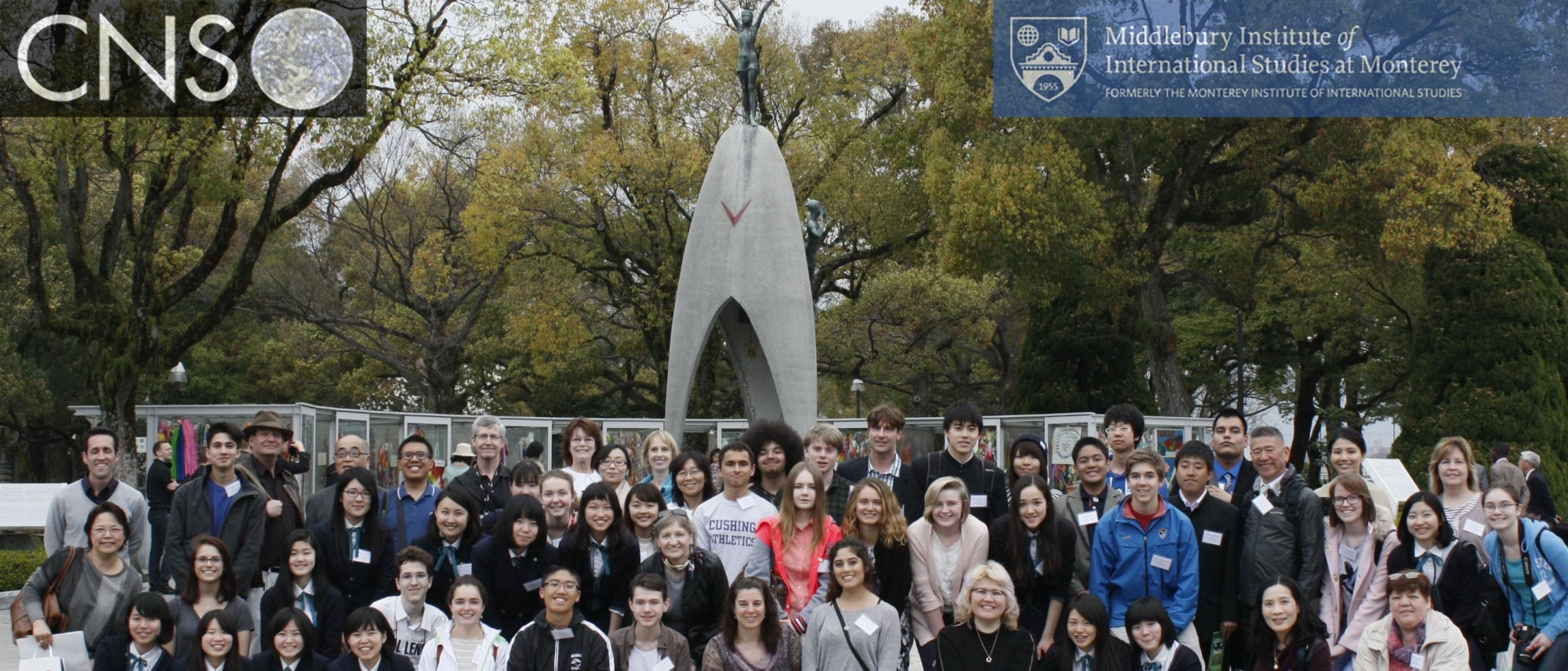
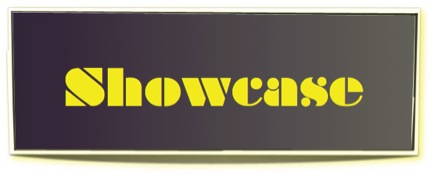
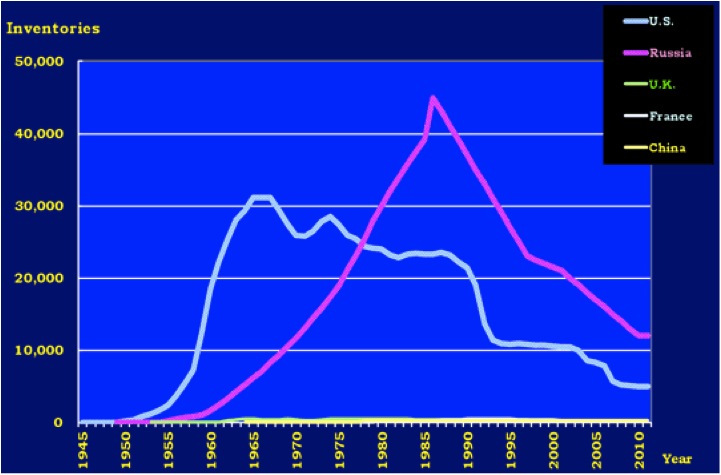






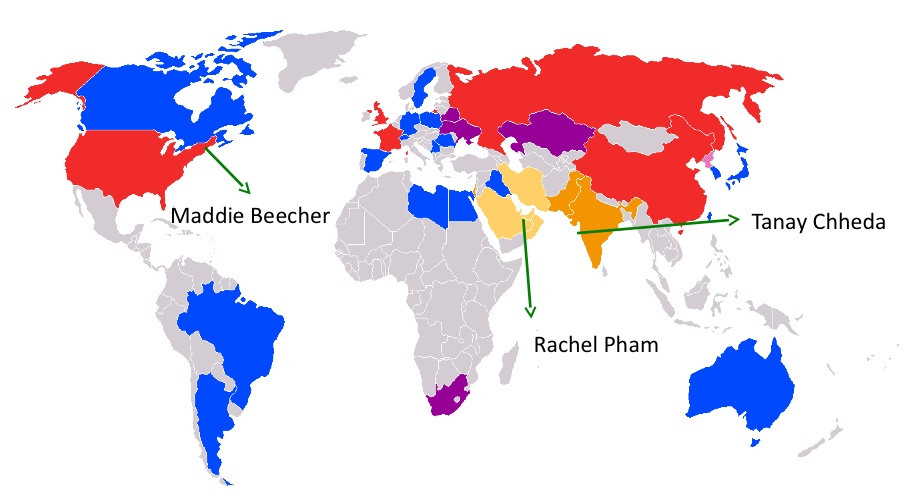
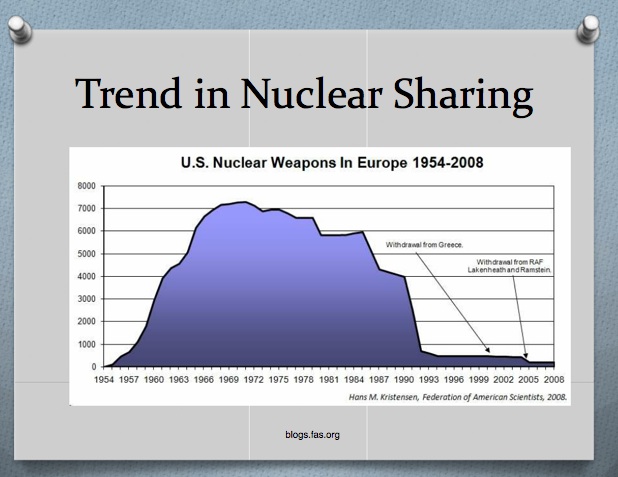

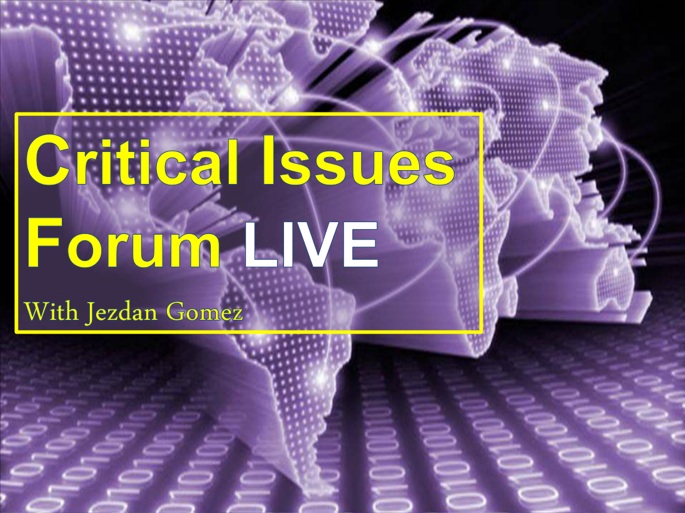





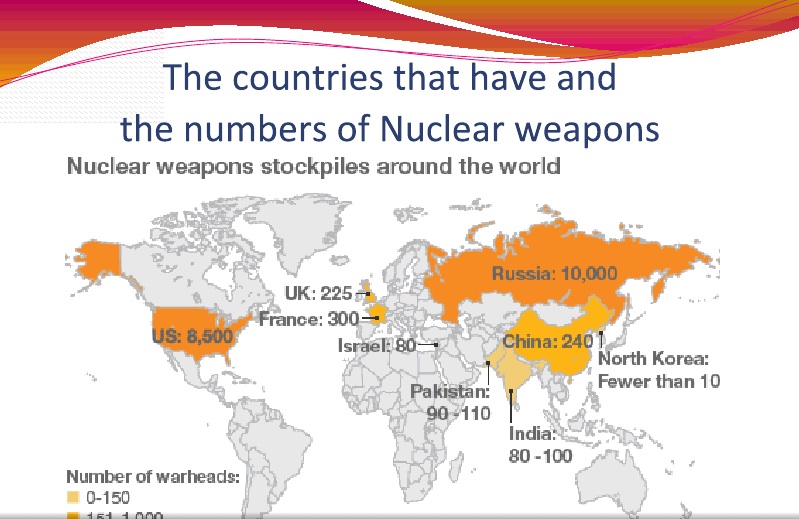
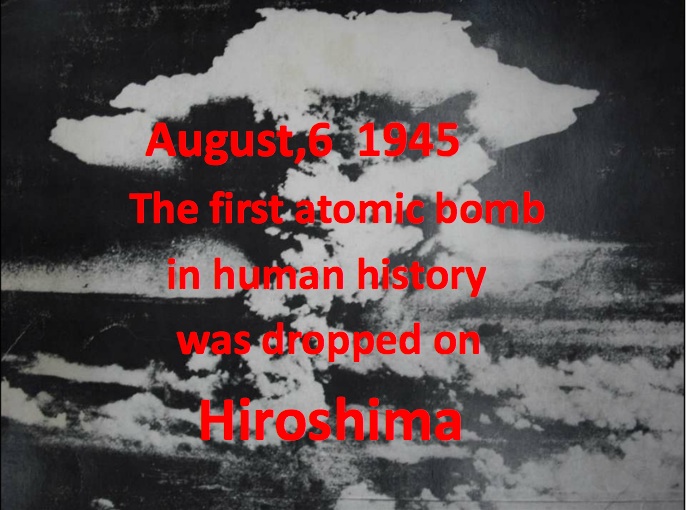
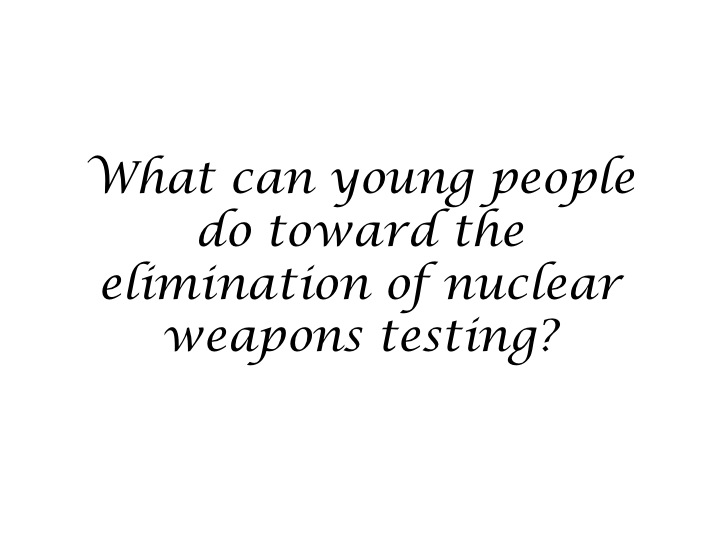

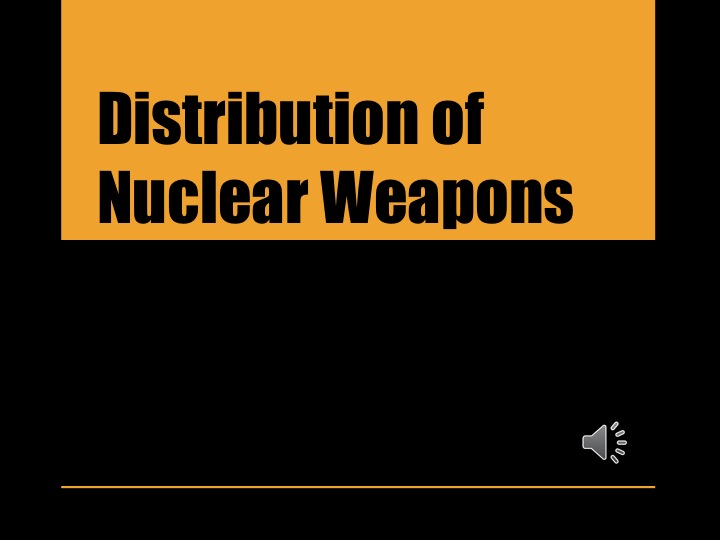
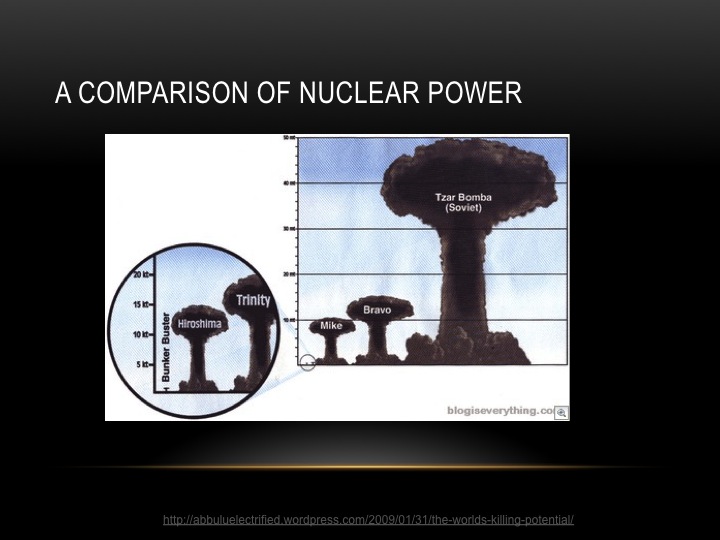
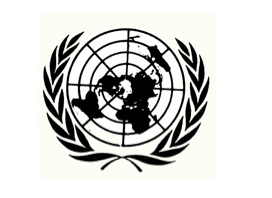
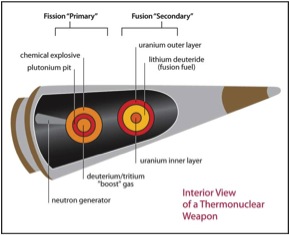

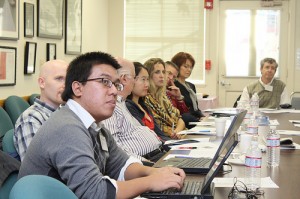
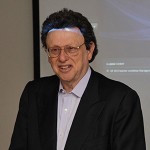
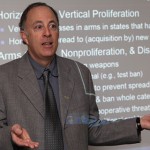
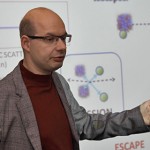
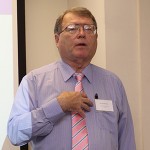
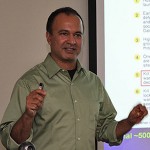
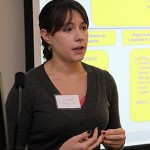
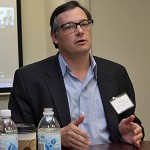
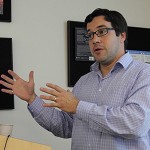
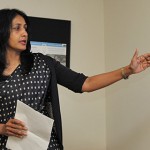

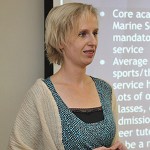
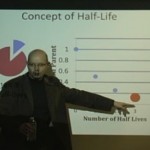
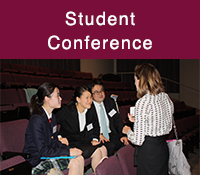

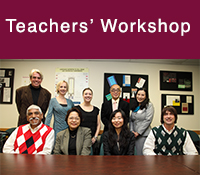
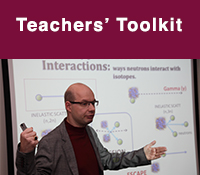

 Introduction
Introduction
